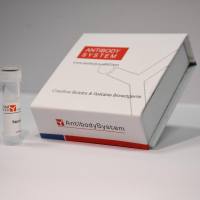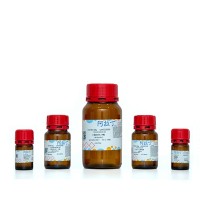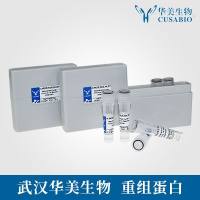Methods for Measuring Hydroxyproline and Estimating In Vivo Rates of Collagen Synthesis and Degradation
互联网
互联网
相关产品推荐

InVivoMAb 抗小鼠 CD274/PD-L1/B7-H1 Antibody (10F.9G2),InVivo体内功能抗体(In Vivo)
¥2700

Recombinant Human COL6A3 / Collagen-VI Protein | 重组人 COL6A3 / Collagen-VI 蛋白
¥4520

HB Western blotting Principles and Methods
¥223

OFET微型探针,Measuring Adaptor for Back-Gated OFET Interdigitated Substrates,阿拉丁
¥21440.90

Recombinant-Saccharomyces-cerevisiae-Beta-16-glucan-synthesis-associated-protein-KEG1KEG1Beta-1,6-glucan synthesis-associated protein KEG1 Alternative name(s): KRE6-binding ER protein responsible for glucan synthesis protein 1
¥10556
相关问答

